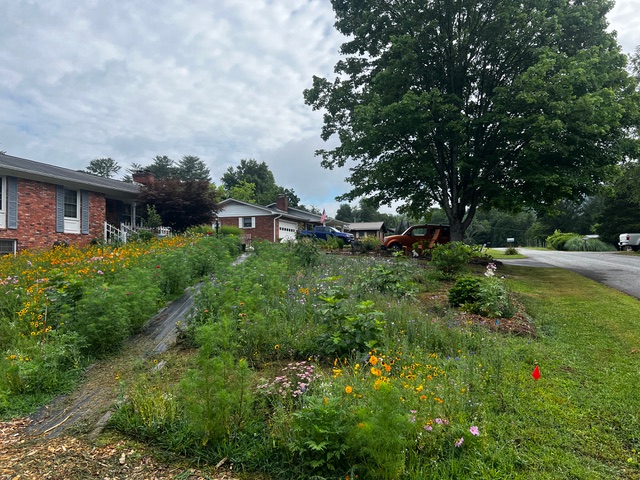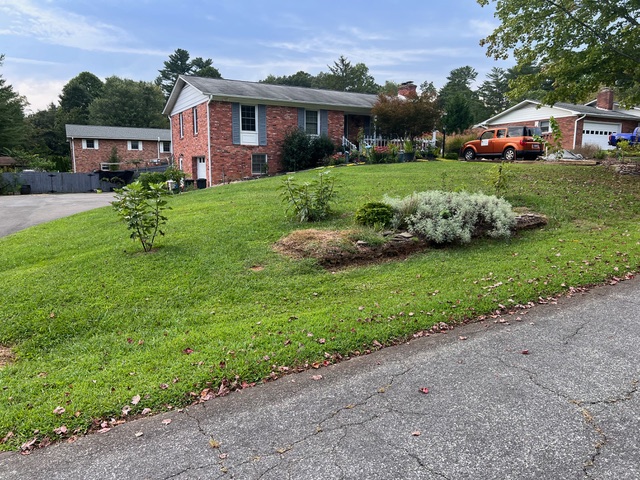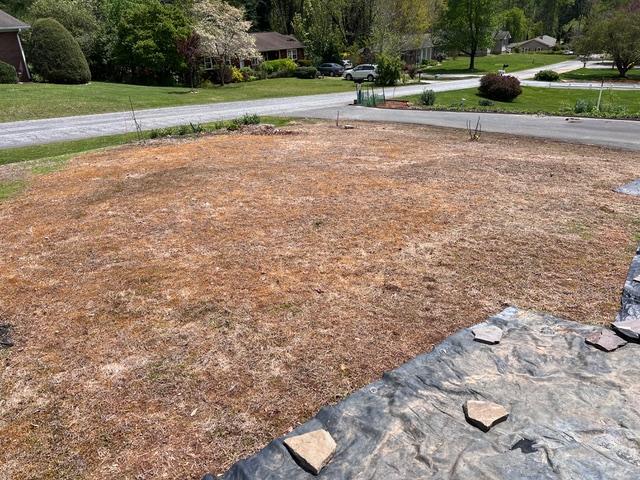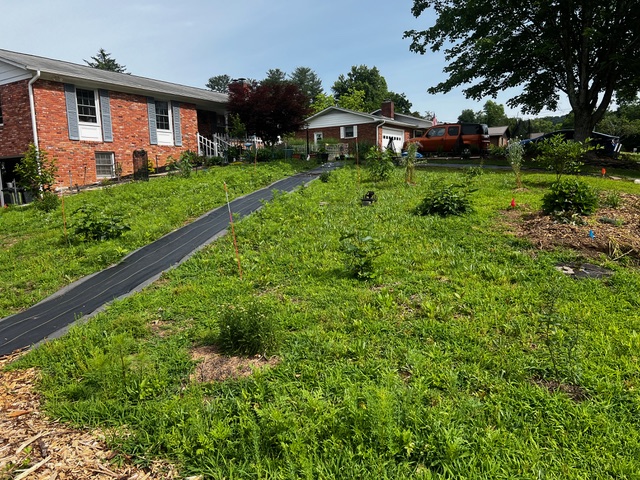Turning Your Lawn Into a Meadow
go.ncsu.edu/readext?1013424
en Español / em Português
El inglés es el idioma de control de esta página. En la medida en que haya algún conflicto entre la traducción al inglés y la traducción, el inglés prevalece.
Al hacer clic en el enlace de traducción se activa un servicio de traducción gratuito para convertir la página al español. Al igual que con cualquier traducción por Internet, la conversión no es sensible al contexto y puede que no traduzca el texto en su significado original. NC State Extension no garantiza la exactitud del texto traducido. Por favor, tenga en cuenta que algunas aplicaciones y/o servicios pueden no funcionar como se espera cuando se traducen.
Português
Inglês é o idioma de controle desta página. Na medida que haja algum conflito entre o texto original em Inglês e a tradução, o Inglês prevalece.
Ao clicar no link de tradução, um serviço gratuito de tradução será ativado para converter a página para o Português. Como em qualquer tradução pela internet, a conversão não é sensivel ao contexto e pode não ocorrer a tradução para o significado orginal. O serviço de Extensão da Carolina do Norte (NC State Extension) não garante a exatidão do texto traduzido. Por favor, observe que algumas funções ou serviços podem não funcionar como esperado após a tradução.
English
English is the controlling language of this page. To the extent there is any conflict between the English text and the translation, English controls.
Clicking on the translation link activates a free translation service to convert the page to Spanish. As with any Internet translation, the conversion is not context-sensitive and may not translate the text to its original meaning. NC State Extension does not guarantee the accuracy of the translated text. Please note that some applications and/or services may not function as expected when translated.
Collapse ▲
This ‘Lawn to Meadow’ project was created by a Henderson County homeowner. After clearing the yard of plants over the winter she planted stratified wildflower seeds and perennials in April 2024. This is what the lawn looked like July 2024.
If you follow my radio/podcast work at all you will know that I encourage people to take at least a small area of their lawn and turn it into a native planting that benefits our native beneficial insects including bees and butterflies as well as birds, reptiles and amphibians. If we all turned 25% of our lawns into a native planting we would create as much habitat as a national park. These native areas would support wildlife, help tie together disparate habitats, manage storm water and create natural environments where people are happier.
Lawn to Meadow
In the summer of 2023 I began working with a homeowner who expressed a desire to create a pollinator meadow. In fact, she wanted to turn her entire front lawn into a meadow! After discussing the pros and cons of doing so, we began by making plans to convert her lawn into wildflowers.

Step 1: Kill of the grass. You can do this by smothering the grass with heavy black plastic or applying herbicides. The client chose to use an ‘organically labelled’ herbicide to clear the grass. The active ingredient in Axxe Herbicide is ammoniated pelargonic salt. The product is very effective. Of course, as with any chemical, users should read the product label and wear proper personal protective equipment. Any other non-selective general herbicide will kill off the grass as well.

Step 2: Prepare the soil. I encouraged the client to use core aeration to cultivate her soil rather than tillage. I was concerned that rains would wash her sloping yard away if she tilled the whole yard up. She had a landscaper aerate the area and applied lime according to a soil test.
Step 3: Plant the seed. Wildflower seed mixes can come either ‘stratified’ or not. Stratification is the process of breaking seed dormancy by exposing the seed to cold. In nature wildflower seed falls to the ground in the fall and winter and lies there in the cold temperatures and is naturally stratified. If the seed you buy is not stratified it must be stored in a refrigerator an appropriate amount of time. So, be sure to confirm the seed you buy is stratified and if it is not, then give it the cold that it needs.
The client ordered her seed in the fall. She bought seed that was not stratified during the winter and kept it in a refrigerator over the winter. Once the seed has had enough cold, you can mix the seed with sand and broadcast the mix with a spreader. In this case the client spread her seed in April. Always try to plant the seed at the recommended rate per 1000 square feet per the vendor’s recommendations. Seed vendors include Sow True Seeds, Eden Brothers and American Meadows.

The meadow is starting to fill in. The fabric will eventually be covered to created a path.
Step 4: After Care. Once the seed is broadcast, make sure that the are receives the equivalent of one inch of water per week. Watering with garden hoses and sprinklers can be troublesome and time consuming but water is essential to getting good germination. In our area we usually get enough spring rain but monitor conditions and be ready to irrigate if it gets dry.

This ‘Lawn to Meadow’ project was created by a Henderson County homeowner. After clearing the yard of plants over the winter she planted stratified wildflower seeds and perennials in April 2024. This is what the lawn looked like July 2024.
Step 5: Weed control: Unfortunately some weeds are going grow. All one can do in a meadow situation is hand pull them when you see them. I suggest trying to get out into the garden daily and monitor weeds pulling them as need.
Step 6: After season care: Eventually, the happy flowers of the summer will go to seed and the leaves will turn brown. Some people dislike dried flower stalks in the garden but myself and many others love them. That is because we know the seeds that do not fall to the ground to become next year’s flowers will become winter bird food. Also, the hollow flower stems become habitat for native bees and other insects. It is fine to neaten up the garden a bit but leaving as many of the stalks as you can is very good for wildlife. If you do cut stems, find an out of the way place to place them and they will still become insect habitat.




